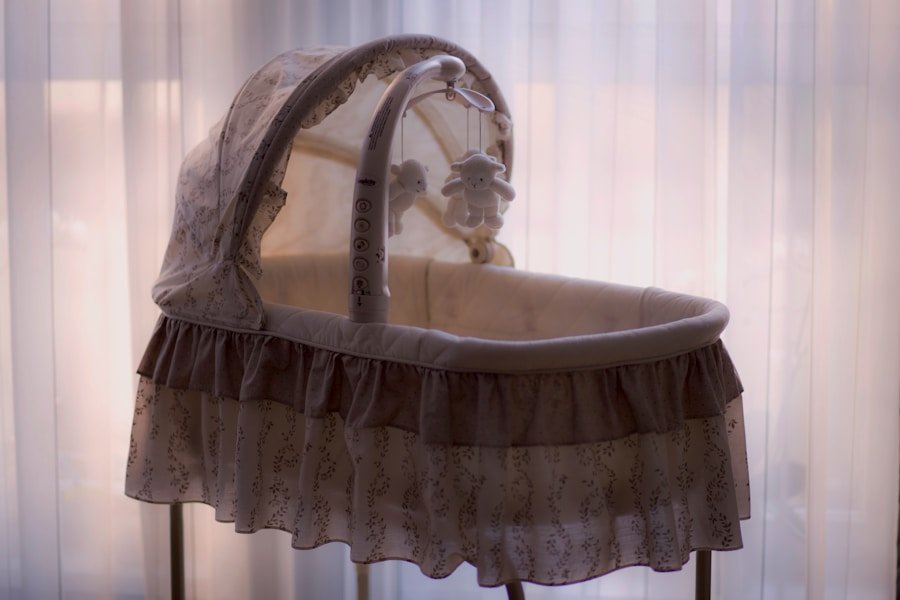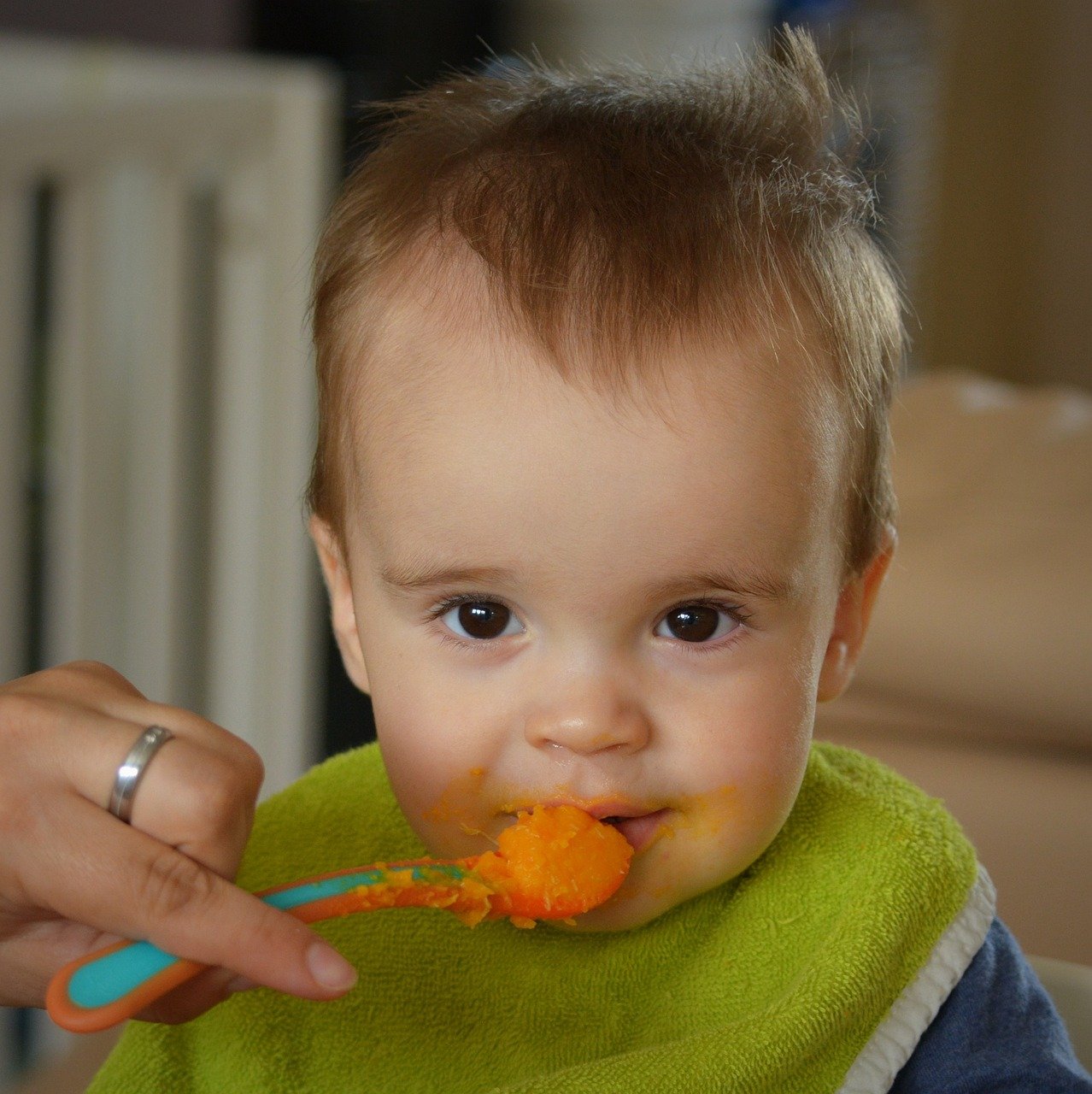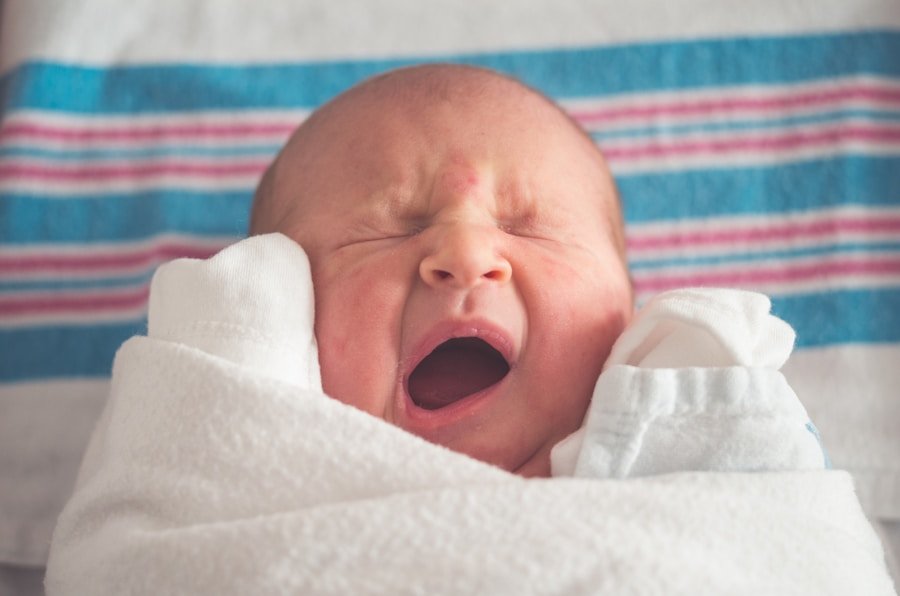Preparing homemade baby food is a rewarding and cost-effective method to provide your infant with optimal nutrition. With the assistance of a baby food processor, you can effortlessly puree and blend a diverse range of fruits, vegetables, and meats to create nutritious and appetizing meals for your baby. These processors are specifically designed to simplify the process of preparing baby food, enabling you to control the ingredients and avoid added sugars, salts, and preservatives commonly found in commercial baby food products.
By utilizing a baby food processor, you can introduce your baby to a broad spectrum of flavors and textures, fostering a lifelong appreciation for healthy foods from an early age. One of the primary advantages of using a baby food processor is the ability to tailor the texture of the food to suit your baby’s developmental needs. Whether your infant is just beginning to consume solids or is ready for more complex textures, a baby food processor allows you to easily adjust the consistency of the food to match your baby’s stage of development.
Furthermore, preparing homemade baby food enables you to introduce a wider variety of flavors and ingredients than what is typically available in commercial options. This can help broaden your baby’s palate and encourage them to enjoy a diverse range of healthy foods as they grow and develop.
Key Takeaways
- Making your own baby food with a baby food processor is easy and healthy
- Homemade baby food has numerous benefits for your baby’s health and development
- Try these 5 simple and nutritious baby food recipes for your little one
- Get tips for using a baby food processor and how to store and reheat homemade baby food
- Consider safety and introducing new flavors and textures when making baby food for your little one
Benefits of Making Your Own Baby Food
Fresh and Nutritious Ingredients
When you prepare your own baby food, you have complete control over the ingredients that go into each meal. This means that you can ensure that your baby is getting the freshest, most nutritious foods possible. By using fresh fruits, vegetables, and meats, you can provide your baby with essential vitamins, minerals, and nutrients that are important for their growth and development.
Avoiding Unnecessary Additives
Making your own baby food also allows you to avoid added sugars, salts, and preservatives that are often found in store-bought options. This can help reduce your baby’s intake of unnecessary additives and promote a healthier diet from an early age.
Cost Savings and Reduced Waste
Another benefit of making your own baby food is the cost savings that it can provide. While store-bought baby food can be convenient, it can also be quite expensive, especially if you opt for organic or specialty options. By making your own baby food with a baby food processor, you can save money while still providing your baby with high-quality, nutritious meals. Additionally, making your own baby food allows you to reduce waste by using up fresh produce before it spoils, helping you minimize food waste in your household while also providing your baby with the best possible nutrition.
5 Simple and Nutritious Baby Food Recipes
1. Sweet Potato Puree
Ingredients:
– 2 medium sweet potatoes
– Water (for steaming)
Instructions:
– Peel and chop the sweet potatoes into small chunks.
– Place the sweet potato chunks in a steamer basket over boiling water and steam for 10-15 minutes, or until tender.
– Transfer the steamed sweet potatoes to the baby food processor and blend until smooth, adding water as needed to reach the desired consistency.
– Allow the puree to cool before serving to your baby. 2. Apple and Pear Sauce
Ingredients:
– 2 apples
– 2 pears
– Water (for steaming)
Instructions:
– Peel, core, and chop the apples and pears into small pieces.
– Place the apple and pear pieces in a steamer basket over boiling water and steam for 10-15 minutes, or until tender.
– Transfer the steamed apples and pears to the baby food processor and blend until smooth, adding water as needed to reach the desired consistency.
– Allow the sauce to cool before serving to your baby. 3. Carrot and Broccoli Mash
Ingredients:
– 2 carrots
– 1 cup broccoli florets
– Water (for steaming)
Instructions:
– Peel and chop the carrots into small pieces.
– Place the carrot pieces and broccoli florets in a steamer basket over boiling water and steam for 10-15 minutes, or until tender.
– Transfer the steamed carrots and broccoli to the baby food processor and blend until smooth, adding water as needed to reach the desired consistency.
– Allow the mash to cool before serving to your baby. 4. Banana and Avocado Blend
Ingredients:
– 1 ripe banana
– 1 ripe avocado
Instructions:
– Peel and chop the banana and avocado into small pieces.
– Place the banana and avocado pieces in the baby food processor and blend until smooth, adding water as needed to reach the desired consistency.
– Allow the blend to cool before serving to your baby. 5. Chicken and Vegetable Puree
Ingredients:
– 1 boneless, skinless chicken breast
– 1 cup mixed vegetables (such as peas, carrots, and green beans)
– Water (for steaming)
Instructions:
– Place the chicken breast in a steamer basket over boiling water and steam for 15-20 minutes, or until cooked through.
– In a separate steamer basket, steam the mixed vegetables for 10-15 minutes, or until tender.
– Transfer the cooked chicken and vegetables to the baby food processor and blend until smooth, adding water as needed to reach the desired consistency.
– Allow the puree to cool before serving to your baby.
Tips for Using a Baby Food Processor
| Recipe Name | Ingredients | Preparation Time | Serving Size |
|---|---|---|---|
| Avocado Puree | 1 ripe avocado | 5 minutes | 2 servings |
| Apple and Pear Mash | 1 apple, 1 pear | 10 minutes | 3 servings |
| Sweet Potato and Carrot Puree | 1 sweet potato, 2 carrots | 15 minutes | 4 servings |
| Banana and Blueberry Smoothie | 1 banana, 1/2 cup blueberries | 5 minutes | 2 servings |
| Quinoa and Vegetable Porridge | 1/4 cup quinoa, mixed vegetables | 20 minutes | 3 servings |
When using a baby food processor to make homemade baby food, there are a few tips that can help make the process easier and more efficient. First, it’s important to choose fresh, high-quality ingredients for your baby’s meals. This means selecting ripe fruits and vegetables, as well as lean meats that are free from additives or preservatives.
Additionally, it’s important to thoroughly wash all produce before using it in your baby food recipes to remove any dirt or bacteria that could be harmful to your little one. Another tip for using a baby food processor is to start with small batches of food until you become familiar with the process. This can help prevent waste if your baby doesn’t enjoy a particular recipe or if you encounter any issues with the texture or consistency of the food.
Additionally, starting with small batches allows you to experiment with different flavors and combinations without committing to large quantities of each recipe. As you become more comfortable with using your baby food processor, you can gradually increase the batch sizes to accommodate your growing baby’s appetite.
How to Store and Reheat Homemade Baby Food
Once you’ve made a batch of homemade baby food with your baby food processor, it’s important to store it properly to maintain its freshness and nutritional value. One of the best ways to store homemade baby food is in ice cube trays. Simply spoon the pureed or mashed food into clean ice cube trays, cover them with plastic wrap or aluminum foil, and place them in the freezer.
Once frozen, transfer the frozen cubes to a resealable plastic bag or airtight container for long-term storage. When it comes time to serve your homemade baby food, simply remove as many frozen cubes as needed from the freezer and thaw them in the refrigerator or by placing them in a bowl of warm water. You can also reheat frozen baby food cubes by placing them in a microwave-safe dish and heating them on low power for short intervals until they reach the desired temperature.
Be sure to stir the food well after reheating to ensure that there are no hot spots that could burn your baby’s mouth.
Introducing New Flavors and Textures to Your Baby
Introducing New Flavors and Textures
When introducing new flavors and textures to your baby, it’s crucial to start slowly and pay attention to their reactions. Some babies may be more adventurous eaters than others, so patience and persistence are vital when offering new foods.
Combining Familiar and New Ingredients
One effective way to introduce new flavors and textures is by combining familiar foods with new ingredients. For instance, if your baby enjoys sweet potato puree, you can gradually introduce new flavors by blending in small amounts of other vegetables or fruits. This approach helps ease your baby into trying new foods while still providing them with familiar flavors they enjoy.
Varying Textures for Oral Motor Skills
Offering a variety of textures – such as purees, mashes, and soft finger foods – can help your baby develop their oral motor skills while also exposing them to different sensations in their mouth. This diverse range of textures plays a significant role in their overall culinary development.
Safety Considerations When Making Baby Food
When making homemade baby food with a baby food processor, it’s important to prioritize safety at all times. This means using clean utensils and equipment when preparing and storing your baby’s meals, as well as following proper hygiene practices throughout the process. Additionally, it’s important to pay attention to any potential allergens that could be present in your homemade baby food recipes.
Common allergens such as nuts, dairy, eggs, and shellfish should be introduced cautiously and one at a time so that you can monitor your baby’s reaction. Another safety consideration when making homemade baby food is ensuring that all ingredients are cooked thoroughly before blending them in the baby food processor. This helps reduce the risk of bacterial contamination that could be harmful to your little one.
Additionally, it’s important to avoid adding any salt or sugar to homemade baby food recipes, as these ingredients are not recommended for babies under one year of age. By prioritizing safety when making homemade baby food with a baby food processor, you can ensure that your little one is getting nutritious meals that are free from harmful contaminants or additives. In conclusion, making homemade baby food with a baby food processor is a wonderful way to provide your little one with nutritious meals that are free from added sugars, salts, and preservatives.
By using fresh ingredients and following proper hygiene practices, you can create delicious and healthy meals for your baby that will help them develop a love for healthy foods from an early age. With a wide range of recipes at your disposal, as well as tips for storing and reheating homemade baby food, you can easily incorporate homemade meals into your little one’s diet while saving money and reducing waste in your household. By prioritizing safety considerations when making homemade baby food with a baby food processor, you can ensure that your little one is getting the best possible nutrition while also enjoying a diverse range of flavors and textures as they grow.
FAQs
What is a baby food processor?
A baby food processor is a small kitchen appliance designed specifically for making baby food. It is typically smaller and more compact than a regular food processor, and often comes with special features for pureeing, steaming, and storing baby food.
Why use a baby food processor to make baby food?
Using a baby food processor to make baby food allows parents to control the ingredients and quality of the food their baby consumes. It also allows for easy portioning and storage of homemade baby food.
What are the benefits of making baby food at home?
Making baby food at home allows parents to ensure that their baby is consuming fresh, nutritious, and preservative-free food. It also allows for a wider variety of flavors and textures, and can be more cost-effective than buying pre-made baby food.
What are some easy and healthy baby food recipes to make with a baby food processor?
Some easy and healthy baby food recipes to make with a baby food processor include pureed fruits and vegetables, such as apples, pears, sweet potatoes, and carrots. Additionally, combining different fruits and vegetables to create unique flavor combinations can be a fun and nutritious option for babies.
How do I store homemade baby food?
Homemade baby food can be stored in airtight containers in the refrigerator for up to 3 days, or in the freezer for up to 3 months. It is important to label and date the containers to keep track of the freshness of the baby food.




































